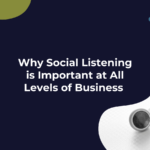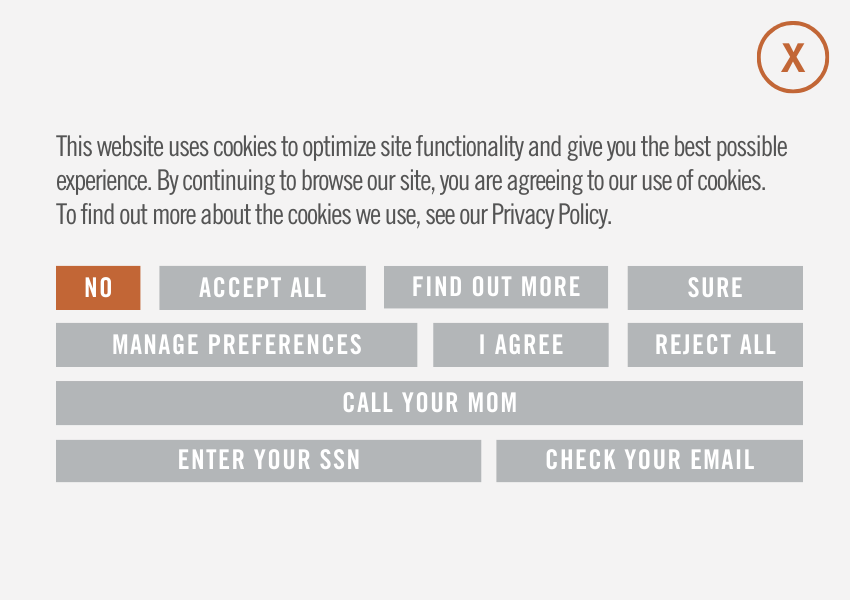Why Your Brand Should Be Utilizing User Generated Content
As customers continue to expect increasing social responsibility from the brands they support, marketers should have brand values on display for all to see. One way to authentically promote brand values is by utilizing User Generated Content (UGC). In short, UGC is any content that has been created and published by consumers. UGC can be integrated into a brand’s overarching strategy or be used for specific UGC-based campaigns. According to AdAge, brands using User Generated Content are generating 25% higher ad performance, a 29% increase in web conversions and an 88% increase in brand engagement on social media. So, what exactly about UGC allows brands to achieve this level of success?
UGC promotes diversity and inclusion. We know marketers are challenged with representing diverse groups. Diversity includes factors such as age, ethnicity, gender, disabilities and appearance. But these differences are not always easily captured through stock photos or models. This is where the perfectly paved path to UGC starts. Repurposing the content made by members of your diverse customer base is an organic way of ensuring that both loyal and potential customers feel represented in your marketing materials. Prioritize your customers feeling adequately represented – and even empowered – by your brand.
Women’s clothing store Aerie dominates social media through the use of UGC. The #AerieReal campaign has become ingrained in the brand’s mission and resonates with its followers, as the hashtag has over 306K posts on Instagram alone. In the summer of 2017, Aerie successfully gave customers a reason to share on social media by donating to the National Eating Disorder Association every time the hashtag was used on an unedited picture. This approach shows the importance of giving customers a reason to interact with your brand online — which will ultimately drive engagement and increase reach.
UGC creates a new level of trust in advertising. Consumers want to connect with people – not just brands. UGC feels genuine because it is coming from someone who might have similar experiences or struggles. When your audience experiences ads made by people like themselves, they can relate on a deeper, more personal level. Think of UGC as a product recommendation from a trustworthy friend. Gartner reports that 84% of millennials say UGC influences their purchase decisions. Consumers are already turning to social media for inspiration, make sure your brand’s approach is inclusive and approachable. Foster a relationship with customers by republishing their relevant content to your audience. UGC is accessible for marketers because social media users naturally share reviews of products and services or post a photo of their #OOTD. The content already exists and is readily available, leaving it up to marketing teams to decide how they want to capitalize on the opportunity. Marketers can start by looking through brand hashtags and tagged photos, but that is often only the tip of the iceberg. Other ways to find valuable UGC include reading product reviews, social listening and deep diving into analytics. Of course, brands can also ask customers for the type of content they are looking for and even incentivize them with giveaways or discounts.
There’s no doubt that UGC is becoming an important piece of many brand’s marketing strategies. This approach benefits consumers and brands alike. Utilizing UGC means marketing teams have less content to create themselves and consumers benefit by feeling represented — which allows them to create a more human-like relationship with the brand.
Is your brand ready to start implementing UGC into your marketing strategy? Let us help facilitate that process by contacting the MCG team today. Your engagement rate and sales conversions will thank you.









